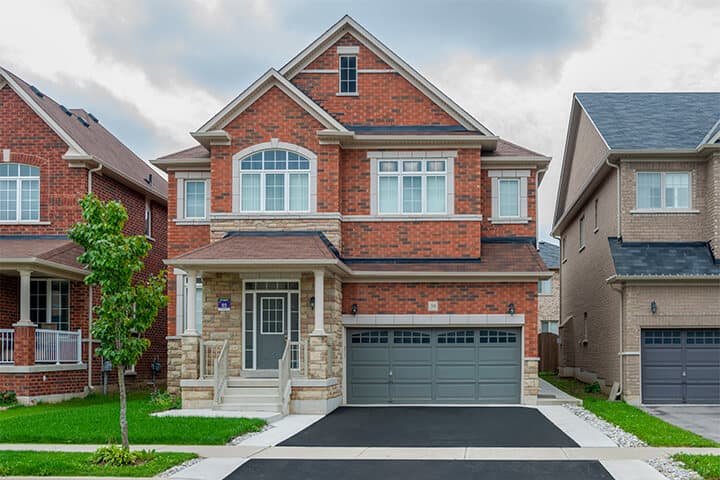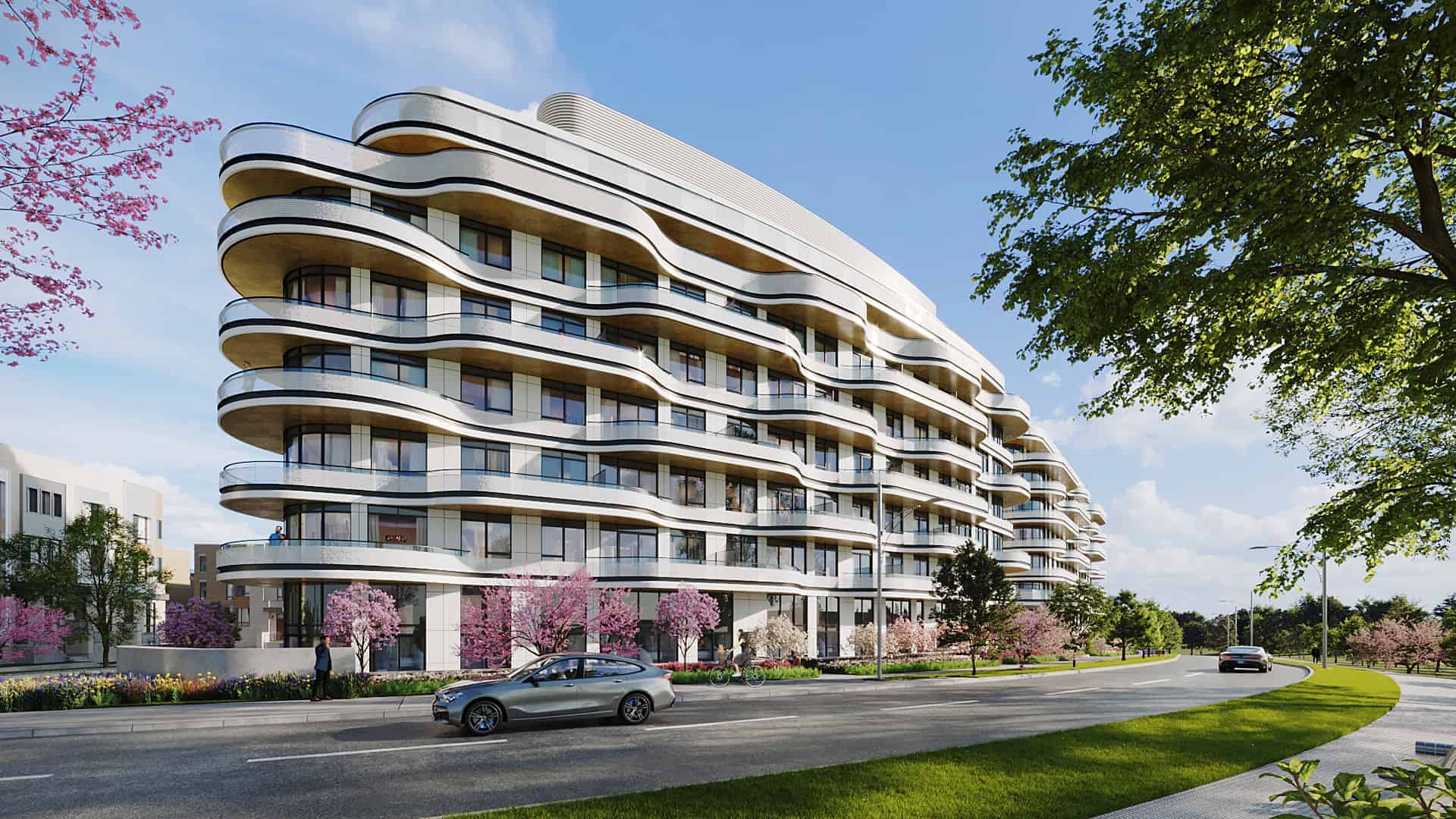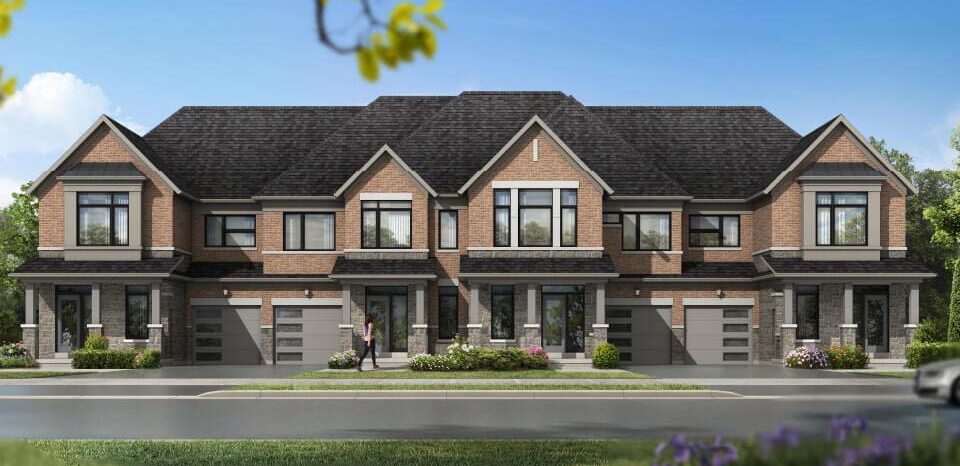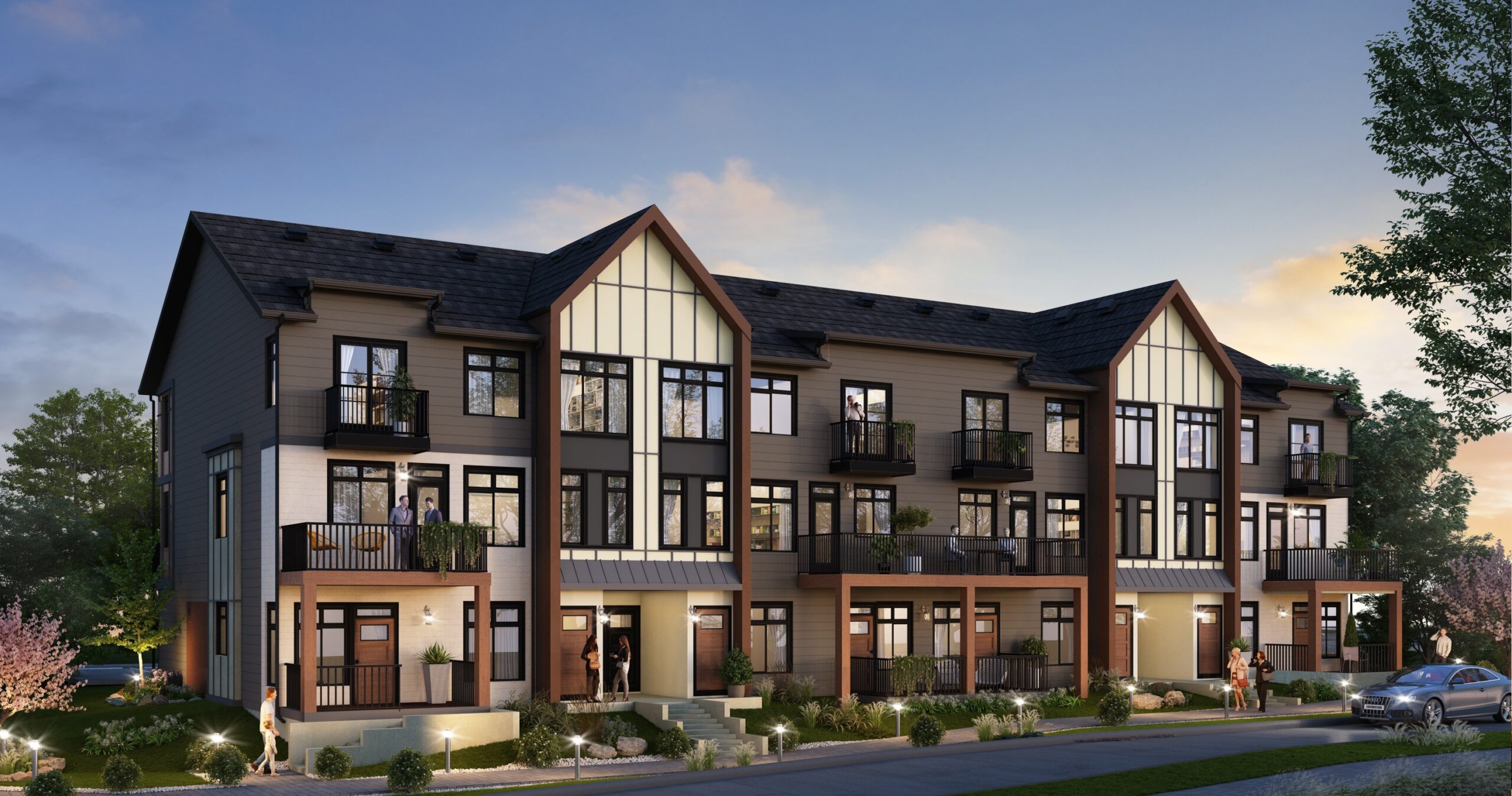Seller Vs. Buyer Market
Market dynamics can shift in favor of either the seller or the buyer when it comes to real estate. Both parties must be aware of the variations between a seller’s market and a buyer’s market. These market circumstances have a considerable impact on pre-construction condos pricing, availability, and negotiation strength. We shall examine seller’s and buyer’s marketplaces in this post, highlighting their differences and repercussions for buyers and sellers.

What is a Seller’s Market?
When there is a large demand for homes but a few number of available properties, the market is said to be in a seller’s position. Sellers have the advantage in such a market since they may set higher prices and receive several bids on their properties. Among the essential traits of a seller’s market are:
1. Limited supply: There aren’t many pre-construction condominiums available in comparison to demand, leaving purchasers with few choices.
2. Price growth: The strong demand and low supply cause increased buyer rivalry, which raises the cost of real estate.
3. Faster sales: Properties in a seller’s market frequently receive many bids within a short amount of time and tend to sell rapidly.
4. Favorable terms for sellers: Favorable conditions for sellers include non-negotiable prices, fewer contingencies, and accelerated closing times. Sellers also have greater negotiation leverage.
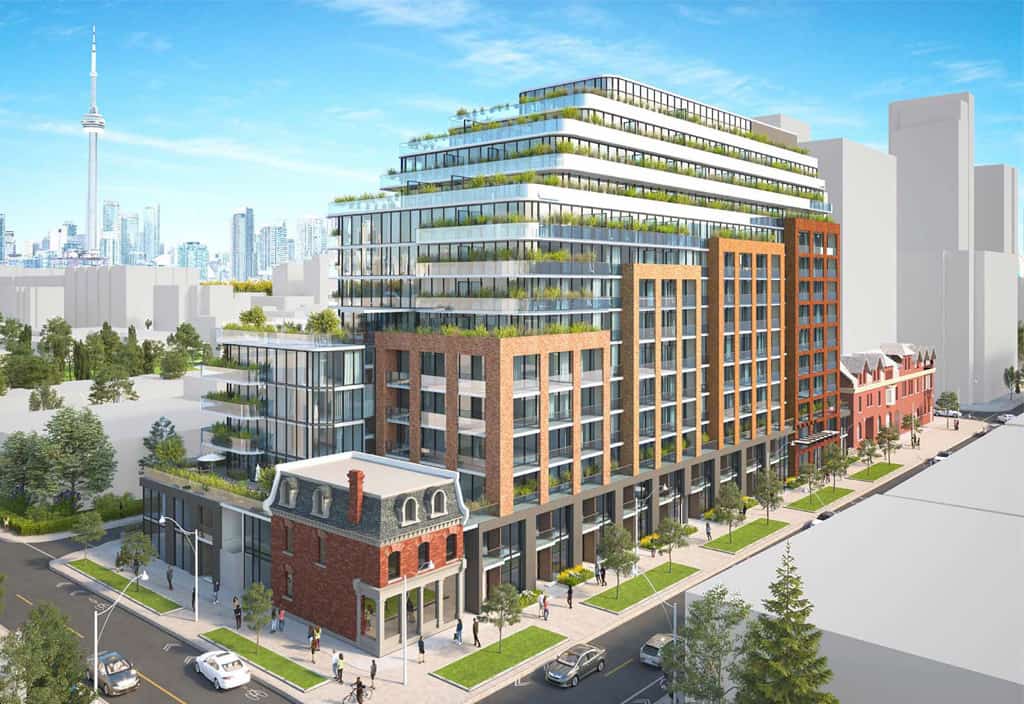
A buyer’s market: what is it?
A buyer’s market, on the other hand, develops when there is a surplus of properties available compared to the demand from prospective purchasers. In this situation, purchasers are in a stronger position since they have more options and may bargain for better prices. Among the essential traits of a buyer’s market are:
1. large inventory: There is a huge supply of condominiums that are now under development, giving purchasers more options.
2. Price stabilization or decline: As fewer buyers are vying for homes, sellers may need to decrease prices or provide incentives to lure buyers, which might cause prices to stabilize or even drop.
3. Longer selling period: Properties in a buyer’s market are more likely to languish on the market before finding a buyer.
4. Favorable terms for buyers: Buyers have more negotiating power and can seek contingencies, haggle over price, and look into incentives like improvements or closing cost help.
Implications for Buyers and Sellers:
Knowing whether the market is favoring buyers or sellers can have a big influence on both sides’ strategies.
1. For Buyers:
- To get their preferred pre-construction condo in a seller’s market, purchasers must move quickly and submit competitive offers.
- Buyers can take their time, research other possibilities, and haggle for better rates and conditions in a buyer’s market.
2. For Sellers:
- Sellers might anticipate larger bids and quicker sales in a seller’s market. To draw potential buyers, it is crucial to price houses affordably.
- Sellers may need to be more flexible with price in a buyer’s market, provide incentives, or think about changing their approach to stand out from the competitors.
Conclusion:
In the case of pre-construction condominiums, the contrast between a seller’s market and a buyer’s market is critical in determining how buyers and sellers interact. Due to low supply and great demand, a seller’s market benefits sellers, but a buyer’s market gives buyers more alternatives and negotiation leverage. To make educated selections and take full advantage of their chances in the real estate market, buyers and sellers need both carefully examine market circumstances.





